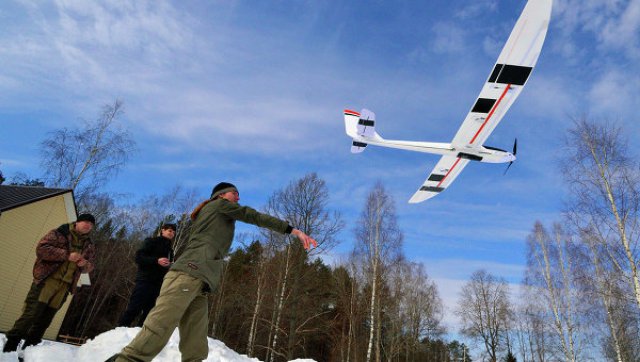 Unmanned aircraft systems are to be tested at a nature reserve on Russia’s Pacific coast this summer to help track wildlife and crack down on poachers, an official from the reserve said .
Unmanned aircraft systems are to be tested at a nature reserve on Russia’s Pacific coast this summer to help track wildlife and crack down on poachers, an official from the reserve said .
“UAS are silent and can fly at a very low altitude to produce high-resolution imagery and detect poachers, their boats and vehicles,” said Alexandra Filatkina, Deputy Director for Development at the Kronotsky nature reserve on the Kamchatka Peninsula.
Aerial imagery makes it possible to spot not just the trails of motor vehicles, but illegal logging sites and waste dumps as well, she added.
The UAS will be “road tested” at Kronotsky to see whether they can be used in other wildlife sanctuaries across Russia, especially in patrolling for poachers and other lawbreakers, as well as to detect and contain forest fires, Filatkina said.
The plan’s authors likewise hope the UAS will greatly reduce the cost of aerial monitoring, necessary in tracking certain animal populations – like brown bears, reindeer and snow sheep. Last year, the South Kamchatka Federal Reserve, which answers to Kronotsky, spent about 1 million rubles (over $32,000) on monitoring brown bears alone.
The aircraft in question, which weigh about 2 kilograms each and have a range of 60 kilometers, would be equipped with inexpensive cameras capable of snapping a shot every two seconds, Filatkina said. She added that an automated programme for selecting relevant shots was currently under development.
Photo: Kronotsky Nature Reserve / Petr Shpilenok
Source: RIA Novosti
